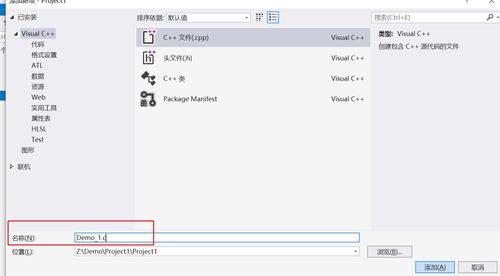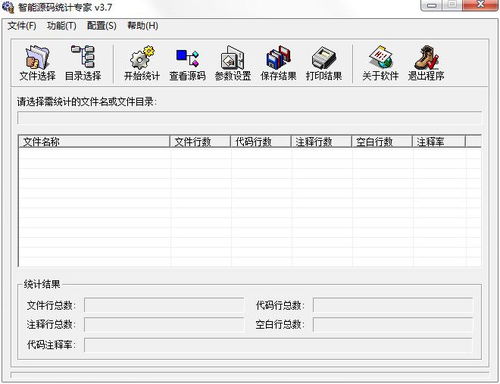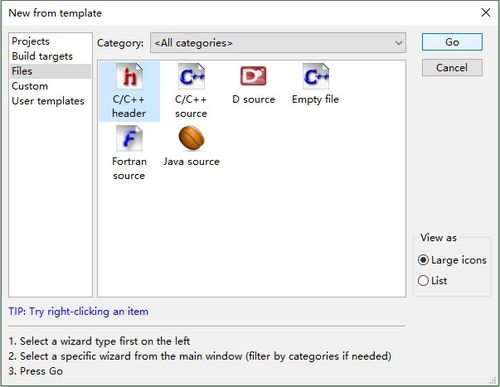
C++ Header Files: A Comprehensive Guide
Header files in C++ are an essential part of the programming language, providing a way to include declarations and definitions that are used across multiple source files. In this guide, we will delve into the details of C++ header files, their importance, and how to effectively use them.
Understanding Header Files

Header files in C++ are text files that contain declarations and definitions of functions, variables, and other data types. These files are included in source files using the `include` directive. When the preprocessor encounters an `include` directive, it replaces it with the contents of the header file.
Header files can be categorized into two types: system header files and user-defined header files.
| Type | Description |
|---|---|
| System Header Files | These are provided by the C++ compiler and contain declarations for standard libraries and language features. Examples include <iostream>, <vector>, and <string>. |
| User-Defined Header Files | These are created by the programmer and contain declarations for custom functions, classes, and variables. They are used to organize code and make it reusable across different source files. |
Including Header Files

There are two ways to include a header file in a C++ source file:
<header_file>: This syntax is used to include a system header file. The preprocessor will look for the header file in the standard include directories.include "header_file": This syntax is used to include a user-defined header file. The preprocessor will look for the header file in the current directory and then in the standard include directories.
For example, to include the standard header file <iostream>, you would use:
include <iostream>And to include a user-defined header file named MyHeader.h, you would use:
include "MyHeader.h"Using Header Files

Once a header file is included in a source file, the declarations and definitions within it can be used throughout the source file. This allows for code reuse and organization.
For example, if you have a header file named MyHeader.h that contains the following declaration:
class MyClass {public: void myFunction();};And a source file named MySource.cpp that includes the header file:
include "MyHeader.h"You can then use the MyClass class and its myFunction member function in the source file:
MyClass myObject;myObject.myFunction();Best Practices for Header Files
Here are some best practices to follow when working with header files:
- Keep header files focused and modular. Avoid including unnecessary declarations.
- Use forward declarations for classes and structs when possible to reduce compilation dependencies.
- Avoid using `define` for constants and macros. Use `const` and `enum` instead.
- Use include guards to prevent multiple inclusion of the same header file.
For example, to include guards in a header file, you can use:
ifndef MYHEADER_Hdefine MYHEADER_H// Header file content hereendif // MYHEADER_HConclusion
Header files are a crucial part of C++ programming, allowing for code reuse and organization. By understanding how to include and use header files effectively, you can write cleaner, more maintainable code. Remember to follow best practices and keep your header files focused and modular.





